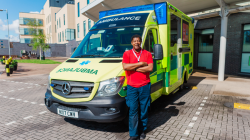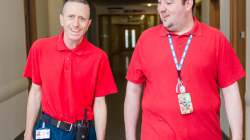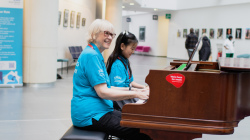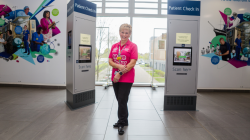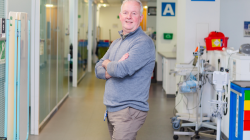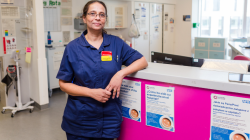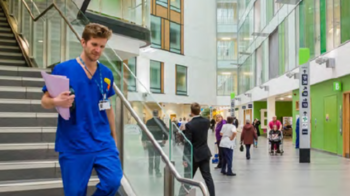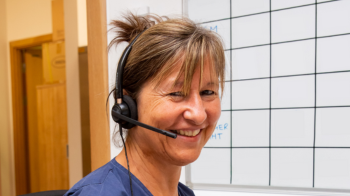Commitment to Our Community
Being an anchor in our Community is one of our key Trust objectives. This in an important part of our Trust strategy, launched in February 2023 with our overall aim of delivering outstanding patient experience. An overview of the strategy can be found on the Trust Strategy page.
We take pride in being an ‘Anchor in our Community’ and the Commitment to our Community improvement priority focuses on how we can reduce inequalities, improve health outcomes and how we can make sure that our staff are truly representative of the communities that we serve in and around Bristol.
We have recently launched our Commitment to Our Community Plan which aims to:
- Focus on increasing the number of people employed at NBT from our local communities, particularly supporting people from an ethnic minority background and those from socio-economically disadvantaged areas in and around Bristol.
- Address recruitment disparities for candidates from ethnic minority backgrounds where the data tells us that people are less likely to be appointed from shortlisting.
What do we plan to do?
- Work with our local schools, colleges, councils, and community areas to provide mentoring and skills support for local residents into employment, apprenticeship, and career opportunities at NBT.
- Provide a range of support to help people become work ready and improve their employability skills.
- Review our current recruitment processes to make sure that they are accessible and equitable and introduce more targeted recruitment and selection interventions that reduce the disparity that exists.
- Work with a range of disadvantaged groups to support them into employment, apprenticeship, and career opportunities at NBT.
What can you do?
Explore our career opportunities on the Careers page, we have a wide range of roles to suit your interest and work in an environment that gives you the chance to make a difference every single day.
If you would like to find out more about the Commitment to Our Community Plan and what support is available to you, please contact our careers inbox for any inquiries: careers@nbt.nhs.uk
Ongoing Commitment
This plan is just one part of our Commitment to Our Community to support and engage with our local areas. Stay tuned for more initiatives and updates as we continue to build a stronger, more inclusive community together.
Together, we can make a real difference.

